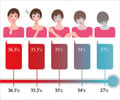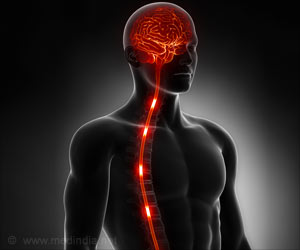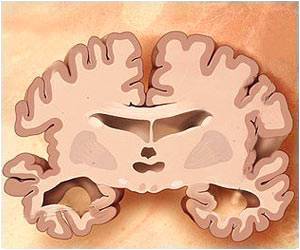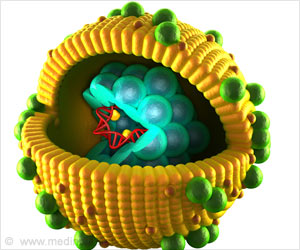Previous research has indicated that rapid lowering of body temperature following an acute myocardial infarction (MI) can be an effective therapeutic strategy.
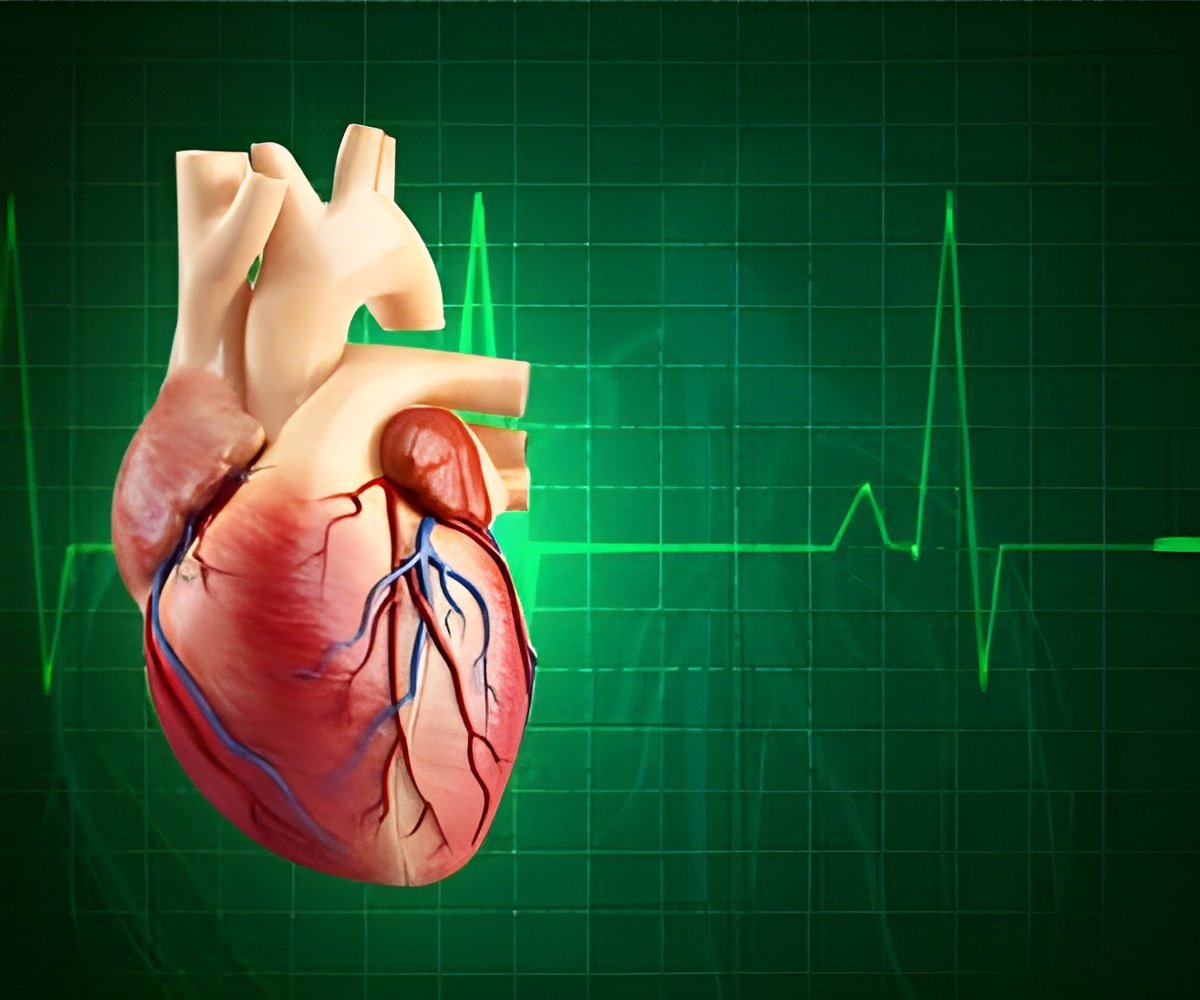
In the article "Hypothermia in the Setting of Experimental Acute Myocardial Infarction: A Comprehensive Review", Michael J. Herring and coauthors from Good Samaritan Hospital and Keck School of Medicine, University of Southern California (Los Angeles, CA) and Harbor-UCLA Medical Center (Torrance, CA) examine the benefits and limitations of past and current methods of delivering hypothermia. These include topical regional hypothermia, an open-chest method of cooling the heart; endovascular cooling using a heat exchange balloon catheter to cool the blood that flows through the heart; surface cooling with blankets or convective-immersion therapy; and other methods.
"This timely review on the use of therapeutic hypothermia targeting myocardial necrosis emphasizes the need for additional investigations to maximize the benefits of this experimental therapy in promoting recovery in this patient population," says W. Dalton Dietrich, PhD, Editor-in-Chief of Therapeutic Hypothermia and Temperature Management and Kinetic Concepts Distinguished Chair in Neurosurgery, Professor of Neurological Surgery, Neurology and Cell Biology, University of Miami Leonard M. Miller School of Medicine.
Source-Eurekalert




